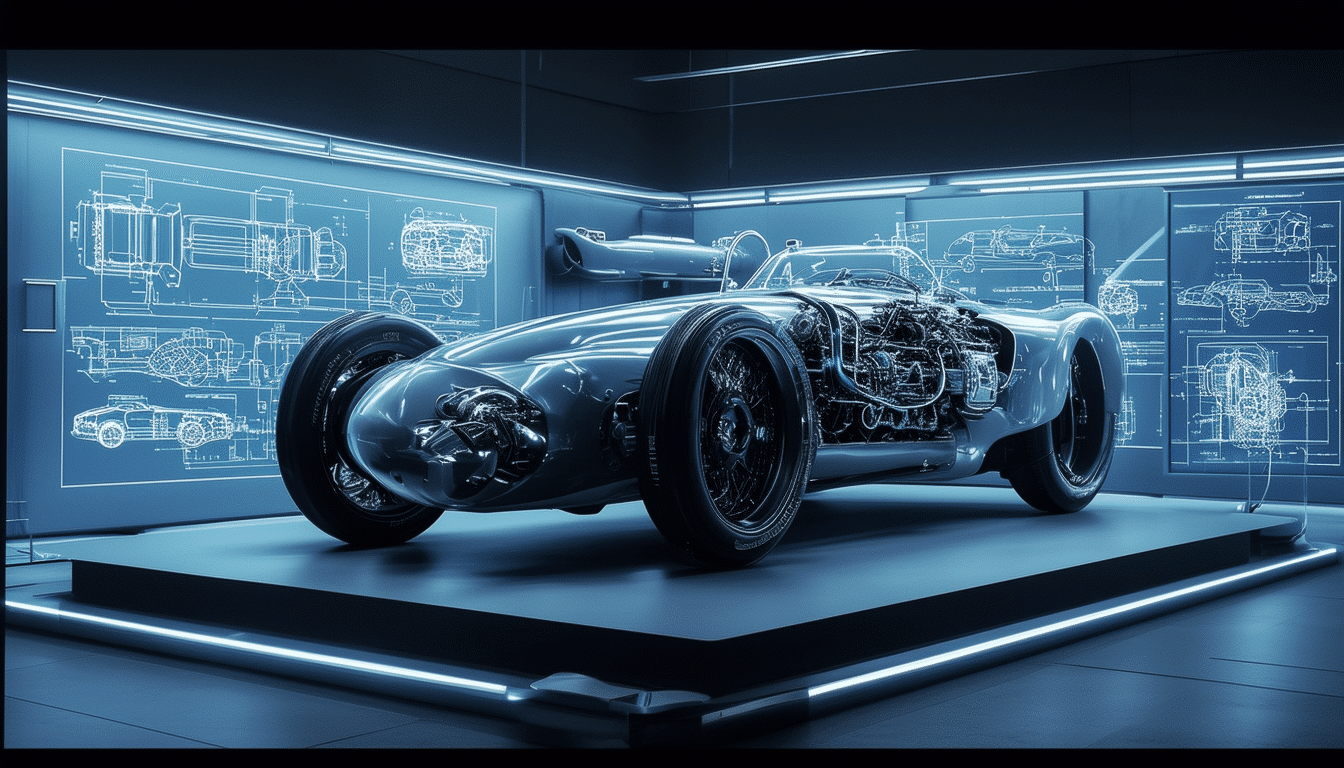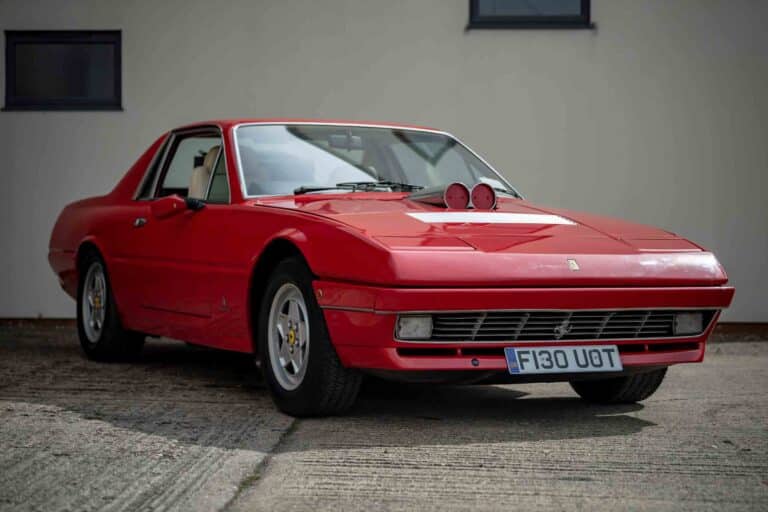The revolutionary engine that could turn current electric cars into relics in the near future

The evolution in the technology of electric cars does not stop, and a new development is ready to take the automotive market to a completely different level. With the innovation of electric motors integrated in each wheel, also known as “in-wheel motors,” expectations for the future of transportation are on the verge of a total transformation. This emerging technology has the potential to dramatically reconfigure the design and operation of electric cars, proposing a qualitative leap that could make current models seem obsolete in the near future.
The next frontier in automotive technology is shaping up with electric motors integrated in each wheel, known as in-wheel motors. This innovative technology has the potential to transform traditional electric car designs, allowing for greater energy efficiency and more precise control of the vehicle. Companies like Protean Electric are leading this revolution with motors capable of providing impressive power. This advancement could render current electric vehicles obsolete, offering a completely new perspective on sustainable mobility.
The technology of in-wheel motors: a radical reimagination
In-wheel motors represent a radical change in the automotive industry. Unlike traditional systems that feature a central motor and a transmission to distribute power, in-wheel motors generate movement directly from each wheel, eliminating the need for a transmission. This not only simplifies the car’s engineering but also allows for power to be distributed concretely and precisely to each driven wheel.
Significant advantages in design and space
One of the greatest benefits of in-wheel motors is the optimization of the vehicle’s interior space. By doing away with the transmission and other connecting elements, significant space is freed up in the chassis. This additional space can be utilized to increase the size of the cabin, add more batteries, or improve storage capacity. Moreover, by reducing the size and weight of each motor, better vehicle control is facilitated.
Improved energy efficiency
Energy efficiency in electric cars is significantly enhanced with the introduction of in-wheel motors. The elimination of energy losses typical of conventional transmission systems allows for a more efficient use of each kilowatt, thus extending the vehicle’s range. This additional efficiency means that manufacturers might choose to reduce the size of batteries or increase range without adding extra weight to the vehicle.
Enhanced control and stability
One of the common concerns in electric vehicles is the weight of the batteries. Although in-wheel motors add weight to each wheel, this is compensated by the balanced weight distribution of the batteries. As a result, the car maintains a more stable and agile drive. Additionally, each wheel can receive individual power adjustments, improving traction on slippery surfaces or when taking sharp turns.
Prospects for the automotive industry
The company Protean Electric has already launched in-wheel motors that reach powers of up to 533 HP and speeds of 225 km/h. They are expected to soon launch motors that support 800 V systems, which could transform the automotive market in terms of design and functionality. The combination of space, efficiency, and control that these motors offer could completely revolutionize the electric vehicle industry, making current models seem like relics of the past.
For more information on advances in revolutionary motors, you can visit the following pages: here, here, here, here, here.
The Future of Electric Cars: A Revolutionary Perspective
The introduction of electric motors integrated in each wheel, or in-wheel motors, represents an innovation that could redefine the paradigm of electric vehicles and their traditional architecture. With the ability to provide power directly to each wheel, this technology eliminates the need for complicated transmissions, which not only reduces the weight and size of the vehicle but also optimizes its efficiency.
As manufacturers like Protean Electric and others continue to develop this technology, we are likely to see a significant improvement in the energy efficiency of electric vehicles. The space economies achieved by eliminating transmissions will allow for better battery distribution, potentially increasing the range without adding total vehicle weight. This innovation could make current electric car models seem like outdated relics compared to the new generations of vehicles equipped with in-wheel motors.
Another aspect that favors the adoption of this technology is the possible improvement in driving dynamics. The ability to independently adjust power for each wheel could offer an unprecedented level of control, especially in adverse conditions such as slippery roads or uneven terrain. This advancement would not only make electric vehicles safer but also more attractive to consumers seeking performance and control.
With the ongoing evolution of these in-wheel motors, it is only a matter of time before we see a drastic change in the design of electric vehicles. Manufacturers who adopt this technology early will have a significant competitive edge by offering more efficient, spacious, and better-performing vehicles. If this progress continues, it is likely that this technology will push the industry toward a new standard that displaces traditional electric models into a realm of technological nostalgia.




